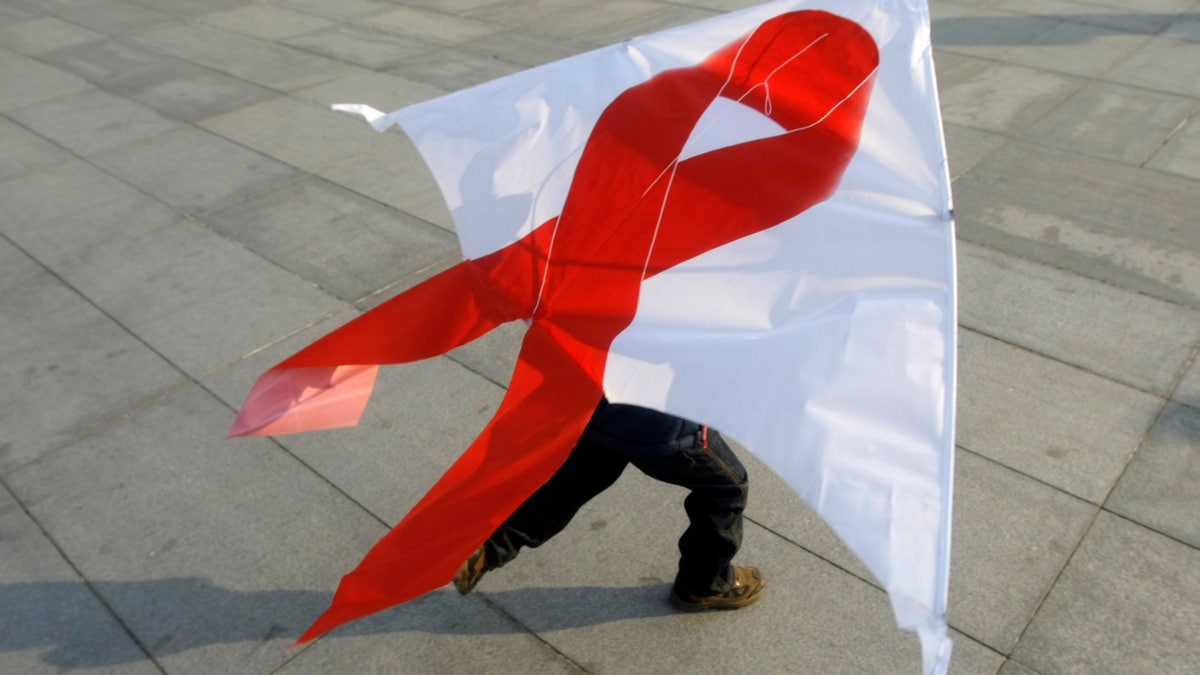
A child flies a kite with a red ribbon during a World AIDS Day event in Beijing November 30, 2008. There are about 700,000 cases of HIV/AIDS in China, according to official statistics. REUTERS/Jason Lee (CHINA) (Reuters/Jason Lee)
It was 30 years ago today that the Centers for Disease Control and Prevention published an article in its Morbidity and Mortality Weekly Report (MMWR) on a then-new and deadly syndrome that would later be known as AIDS.
Since then, effective treatments have helped improve and prolong the lives of those infected.
“But as these improvements have taken place, our nation’s collective sense of crisis has waned,” said CDC Director Dr. Thomas Frieden..
At noon, the CDC released data showing the number of Americans living with HIV (more than 1.1 million) increased by more than 71 thousand between 2006 and 2008. Frieden attributed most of this increase to improved treatments for the disease. But he cautioned that as the number of people infected with HIV increases, so does the risk of transmission.
“Today, the most infections are among people under 30 – a new generation that has never known a time without effective HIV treatments and who may not fully understand the significant health threat HIV poses,” Frieden said.
The disease also poses an economic threat. The CDC estimates that if the disease continues to spread at current rates over the next decade, it could cost more than $200 billion to treat the newly infected.
“Reducing HIV rates in the United States is not only possible – it is imperative,” Dr. Frieden said.
According to federal health officials, improved testing and renewed awareness can help curb the spread of this treatable, but still incurable, disease.
